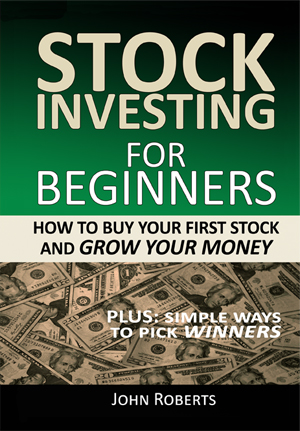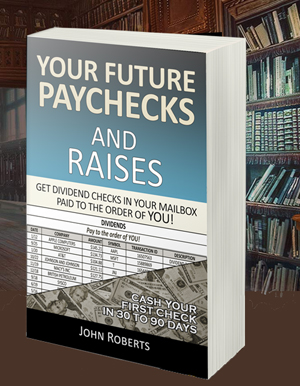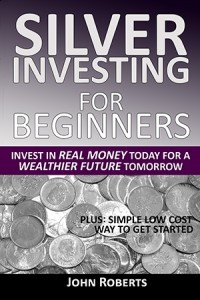Other Types Of Investments
While not in the scope of this book, listed below are some of the other types of investments. They are not in the scope of this book because they are really quite different from stocks and/or may be advanced beyond Beginning Investment.
Bonds. A bond is simply you loaning money to a corporation for a certain period of time, so they will pay you interest. For example, you might buy a ten year bond for $1000 that pays 5% interest. When you buy the bond, you have loaned that money to the corporation.
Many people mistakenly believe that they can’t lose the original $1000 bond investment they made, but that is only true if you hold it to it’s maturity date (in this example 10 years).
The price and value of a bond goes up and down just like the price and value of stocks in the stock market. So if you bought a ten year bond, and decided to sell it a year later, it may only be worth $600 — or it may be worth $1200 — all depending on current interest rates and how badly people want to buy your bond.
Why is that, you may wonder. Well, if interest rates went up and the company issued some more bonds that paid 10% interest, everyone would want to buy the new bonds because they paid twice as much interest. Remember, the bond you bought and own only pays 5%. So they won’t be interested in buying your bond for the full $1000 you paid because they can get a much better deal today. So they will offer much less than $1000 to buy your bond.
Bonds are typically a little more difficult to buy than stocks where you can place a buy and sell order and have it execute in seconds and begin to see results immediately. For this reason and others, they are not in the scope of this book.
I’m not against bonds if they are done correctly. Indeed, one of the financial newsletters I read does incredibly well with them by buying them at deep discounts.
But most people don’t buy with this kind of research. They just mistakenly buy them assuming they are safe investments, and this is not always the case.
Certificates of Deposit (CD’s). CD’s are similar to bonds in that you are loaning money to an organization (often a bank) so they will pay you interest. CD’s are not in the scope of this book.
You can cash in your CD’s any time and get the full face value less a hefty early withdrawal penalty for doing so. This can defeat the purpose of investing in them.
Also, CD’s often pay an interest rate that is lower than inflation, so you are actually losing purchasing power while you hold them.
Commodity Futures and Options. Commodities are basic agricultural products and materials we all depend on. Some examples are corn, wheat, soybeans, coffee, sugar, oil, copper, cattle, hogs and pork bellies, to name a few.
And cocoa pods, the agricultural product that chocolate is made out of. That makes it the most important commodity of the bunch, don’t you agree?
There is a huge commodity market in the United States, sixteen times the size of the stock market, that trades in these necessary goods. And large sums of money can be made (and lost) quickly trading them as futures contracts or options.
It takes some real trading expertise and nerves of steel to invest in these successfully. I’ve read that only 5% of the traders make money, which means the other 95% lose. And most new traders blow up their account (as in lose ALL their money) within the first year.
I started trading them in the early 90’s and did not blow up any of my accounts, but can attest to the nerves of steel thing (my trading partner nicknamed me Steely Dan).
Suffice it to say we will not be getting into commodities in this book. There are many profitable opportunities in stocks that will go much easier on your nerves.



